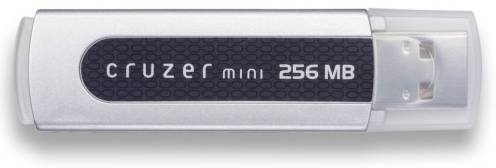Things are progressing well with the mediabox. I just got wireless networking going from boot, after installing the $23 wireless-g router. The only things I have to get going are:
X running under the VIA Unichrome Pro accelerated driver; it’s using VESA, so is hardly fast. Look’s like I might have to build from source from Ivor.Gentoo’s unstable xorg-x11 distribution does the job.DVD playback; the drive doesn’t seem to understand/decrypt the disc structure, even with libdvdcss installed.regionset is your friend.- TV decoder; still not decided what card/box to buy, so it’s a way off yet.
Logitech QuickCam Messenger; haven’t even tried, though reports of support look reasonable.Yup, qc-usb-messenger to the rescue!

